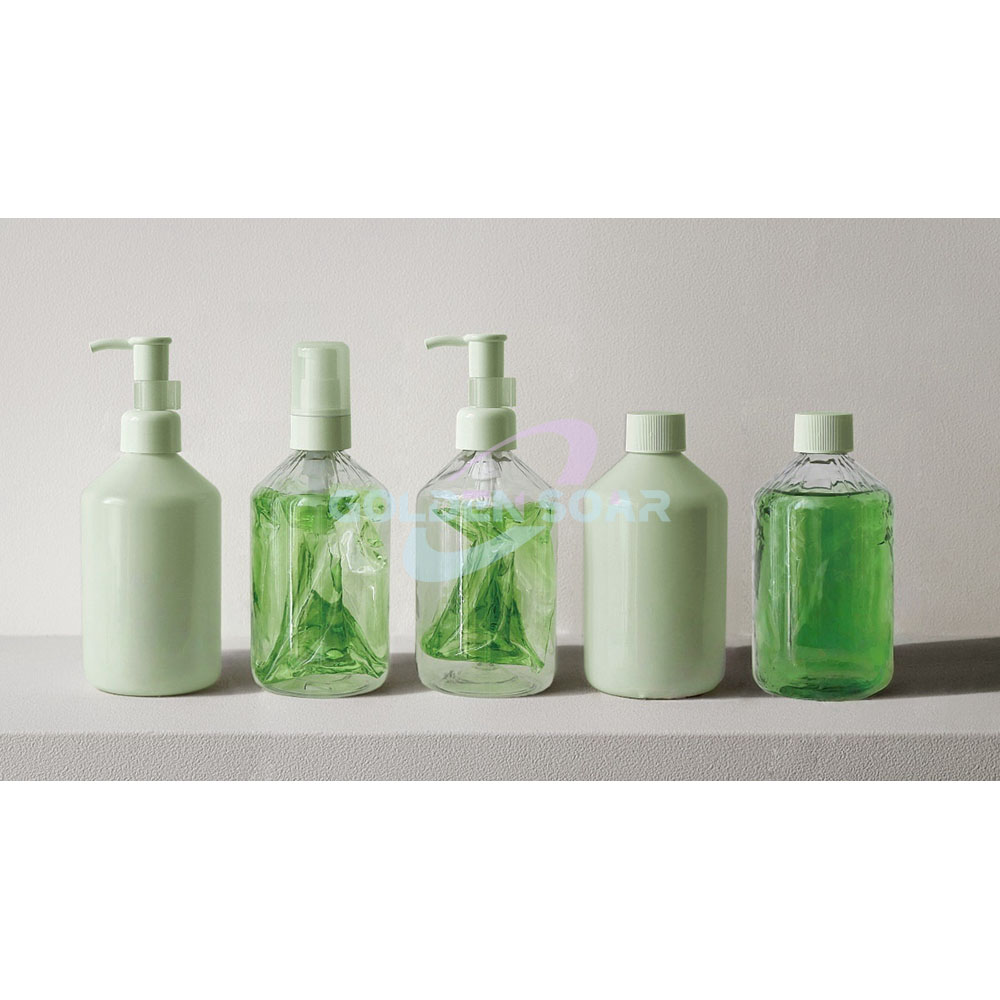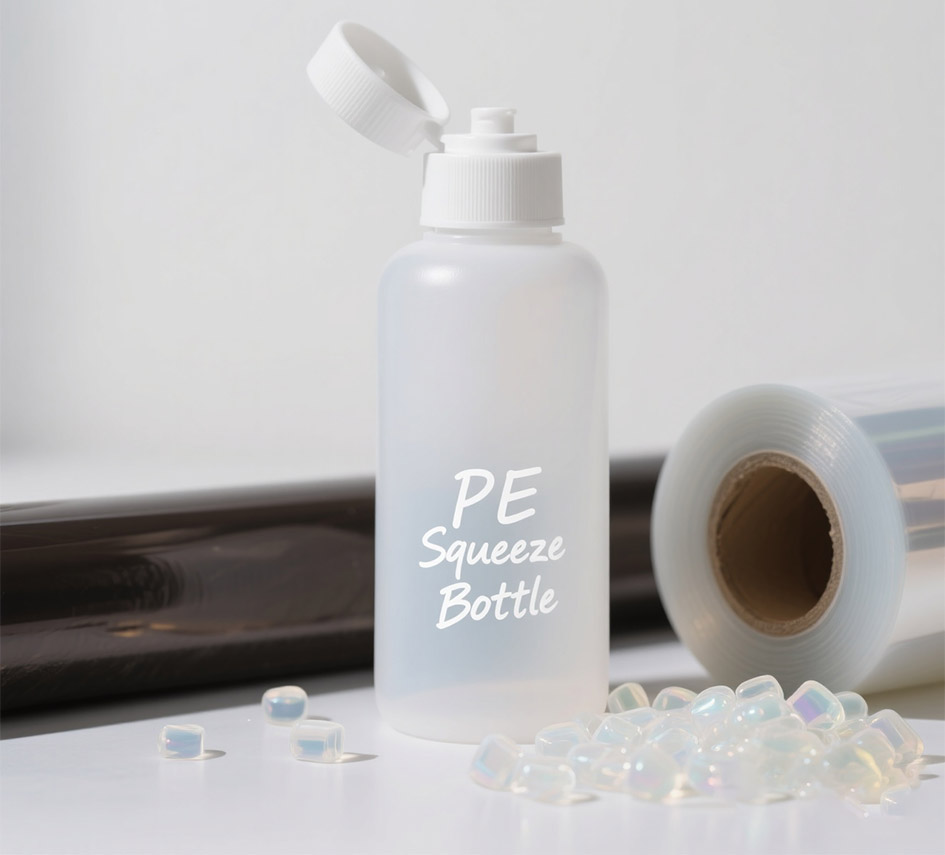strategically planned innovations in Aluminum Packaging types|

In contemporary times
{In today's climate-sensitive context, the urge for eco-friendly packaging options is surging. Three prevalent polymers in packaging are polyethylene fabric, polypropylene resin, and PET polymer. Each fabric offers unique attributes that make it advantageous for diverse applications. Polyethylene is a resilient plastic often used in sheets, while polypropylene is known for its endurance and is commonly found in jars. PET, on the other hand, is unclouded and light, making it a popular choice for thirst-quenching packaging.
{When opting for sustainable packaging, it's significant to evaluate factors such as the renewability of the material, its planetary influence, and its functionality.
Virtues of PET Packaging in Food and Beverage
{PET containers have become a popular choice for the food and beverage industry due to their numerous profits. One key asset is its lightweight nature, which translates to reduced shipping costs and a smaller carbon footprint. PET is also effectively reusable, making it an environmentally aware option. Furthermore, its transparent image allows for product visibility, enticing consumers and enhancing brand display.
- Besides, PET's durability protects offerings from damage during handling and storage, ensuring freshness and quality.
- Owing to its barrier properties, PET effectively avoids the entry of moisture, oxygen, and impurities, preserving product flavor and safety.
To sum up, PET containers offer a valuable solution for the food and beverage industry, combining cost-effectiveness with nature-positive considerations.
PP Packaging: Versatility and Durability for Consumer Goods
{Polypropylene shells, commonly known as PP, has emerged as a leading choice for consumer goods due to its exceptional versatility and durability. This attributes make it ideal for a wide range of applications, from food holders to household devices. The inherent strength of PP provides excellent protection against impact, abrasion, ensuring the integrity of the product throughout its lifecycle. Furthermore, PP's hardiness to withstand a variety of temperatures and environmental conditions makes it suitable for both indoor and outdoor use.
- PP packaging offers a high level of recyclability, minimizing its environmental footprint.
- Builders often utilize PP to create lightweight and compact packaging solutions, reducing transportation expenses, and promoting eco-consciousness.
- The smooth surface of PP makes it easy to print on, allowing for clear and vibrant product naming.
All things considered, PP packaging's combination of durability, versatility, and sustainability has firmly established it as a preferred choice for protecting and presenting consumer goods in today's market.
The role of aluminum in Premium and Protective Packaging
{Aluminum has emerged as a cornerstone material in the zone of premium and protective packaging. Its inherent qualities make it an ideal choice for safeguarding items during transport and storage. Aluminum's strength provides exceptional blockade against surrounding factors such as moisture, oxygen, and light, ensuring product integrity and extending shelf life. Furthermore, aluminum's visual appeal contributes to the premium image of packaged goods, enhancing brand recognition.
Comparing Material Properties: PE, PET, PP, Aluminum
{Various plastics and metals possess distinct distinctive characteristics that influence their applications. Polyethylene substance, commonly known as PE, is renowned for its flexibility and low cost, making it suitable for packaging and sachets. Polyethylene terephthalate frequently called PET exhibits high toughness and clarity, fitted in beverage bottles and textiles. Polypropylene polymer, or PP, demonstrates fortitude and chemical resistance, adapting it for items like containers and automotive parts. Aluminum, a alloy, stands out due to its remarkable conductivity and recyclability, aiding applications ranging from cans to construction materials.
Sustainable Solutions: Biodegradable and Compostable Options
{In today's sphere, it's more important than ever to diminish our impact on the planet. One way to do this is by opting for eco-friendly alternatives to conventional products. Biodegradable and compostable options offer a excellent solution to trash problems. These materials deteriorate naturally over time, supplying valuable nutrients to the soil.
- Showcases of biodegradable and compostable products feature food boxes, envelopes, and even outfits.
- By choosing these paths, we can copyright natural resources and create a more green future.
Progress in Flexible Packaging: PE Films and Laminates
{The flexible packaging industry uninterruptedly strives to develop innovative solutions that meet the evolving demands of consumers and manufacturers. Polyethylene (PE) films and laminates have emerged as key players in this landscape, offering a wide range of properties such as strength, durability, barrier performance, and versatility. Recent upgrades in PE film technology have led to the creation of high-performance materials with improved puncture resistance, tear strength, and chemical resistance. These enhancements strengthen the packaging of a diverse range of products, from food and beverages to pharmaceuticals and personal care items.
- As well, advancements in lamination techniques have allowed for the integration of multiple layers of PE film with other materials such as components and metallized foils. This multi-layered approach enhances the protective capabilities of packaging, providing superior barrier properties against moisture, oxygen, and light.
- Ergo, flexible PE films and laminates are increasingly being implemented in sustainable packaging solutions. Their lightweight nature reduces transportation costs and diminishes the environmental impact associated with packaging waste.
Reviewing the Consequence
{In an era defined by environmental consciousness, the impact of packaging on sustainability has come under intense scrutiny. Traditionally, packaging has been viewed as a linear system, where materials are extracted, processed, used once and then discarded. However, embracing a circular economy approach presents a transformative solution. These paradigm emphasizes reducing waste by reusing, repairing, and recycling packaging materials, minimizing the depletion of resources and environmental impact. By implementing innovative design strategies and fostering collaboration across the supply chain, businesses can create a closed-loop system where packaging becomes a valuable resource rather than a source of pollution.
- A circular economy approach to packaging prioritizes the reuse and recycling of materials.
- Creative design strategies play a crucial role in minimizing packaging waste.
- Collaboration across the supply chain is essential for achieving a truly sustainable system.
Norms and Ingredients for Packaging
{Packaging components are governed by a variety of regulations designed to ensure the preservation of consumers and the biosphere. These requirements often prescribe the types of components that can be used, as well as caps on packagingconfiguration to prevent potential hazards. Abidance with these rules is critical for creators to avoid consequences. These directives can vary from area to area, so it is vital for businesses to scrutinize the specific standards that apply to their offerings. A common ambition of packaging laws is to support environmental responsibility. This generally involves boosting the use of environmentally friendly components and diminishing packaging refuse.
Reducing Packaging's Impact
{In today's dynamic market, packaging/product containment are constantly seeking innovation/optimization/advancements to enhance both the performance/efficacy/effectiveness of their packaging and its environmental footprint. Lightweighting/Material optimization/Reducing density emerges as a key strategy in achieving this balance. By strategically/intelligently/carefully reducing the weight of packaging materials without compromising protection/integrity/security, manufacturers can achieve significant benefits/gains/advantages. These include lowered/reduced/diminished transportation costs, minimized/decreased/limited environmental impact through lesser/reduced/minimal resource consumption and carbon footprint, and improved/enhanced/optimized shelf appeal due to a more streamlined/compact/efficient design.
- Additionally/Furthermore/Moreover, lighter packaging can often lead to increased/enhanced/boosted product stackability, allowing for greater/more/superior storage efficiency and potentially lowering/reducing/minimizing overall shipping volumes.
Therefore/Consequently/As a result, investments/initiatives/commitments in lightweighting represent a strategic/forward-thinking/proactive step towards sustainable/eco-conscious/responsible packaging solutions that meet the demands of both consumers and the planet.
Selecting the Right Packaging Material: Factors to Consider
When it comes to packaging your merchandise, the choice of material is vital. It's not just about presentation; the right packaging needs to safeguard your items during transit and meet specific requirements. Here are some crucial factors to think about:
- What you're packaging
- Durability
- Ecological Footprint
- Expense
- Consumer Attraction
By mindfully considering these factors, you can identify the perfect packaging material to promote PE Packaging your products while maintaining their care. 